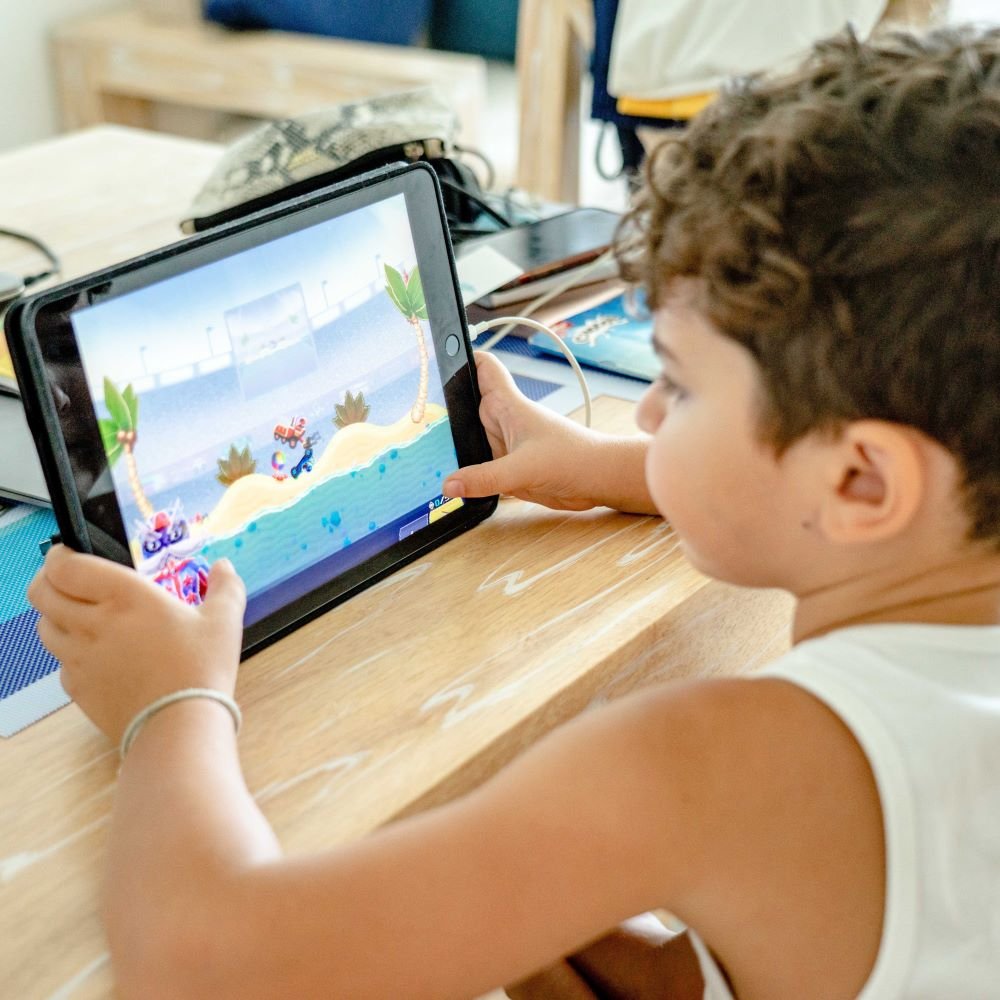From visual and auditory learners to kinesthetic and logical thinkers, discover how educational video games enhance education for every child.

Different Learning Styles
- Visual Learners:
- Educational games often incorporate vibrant graphics, charts, and visual aids to enhance comprehension. Source
- Auditory Learners:
- Games with interactive audio elements, such as spoken instructions or music, engage and support auditory learners. Source
- Kinesthetic Learners:
- Games involving physical movement, like motion-sensor games, provide hands-on experiences for kinesthetic learners. Source
- Reading/Writing Learners:
- Educational games often include text-based instructions, quizzes, or challenges, catering to those who thrive through reading and writing. Source
- Logical/Mathematical Learners:
- Games that involve problem-solving, strategy, and logical reasoning support the learning style of those who excel in mathematical thinking. Source
- Social Learners:
- Multiplayer and collaborative features in educational games foster social interaction, supporting those who learn best through group activities. Source
- Solitary Learners:
- Games with self-paced learning modes or individual challenges accommodate learners who prefer to work independently. Source
Video

This site aims to empower parents and educators with the tools and knowledge needed to integrate educational games effectively into a child’s educational routine.
Video Games | Board Games | Card Games | Downloads | Resources

